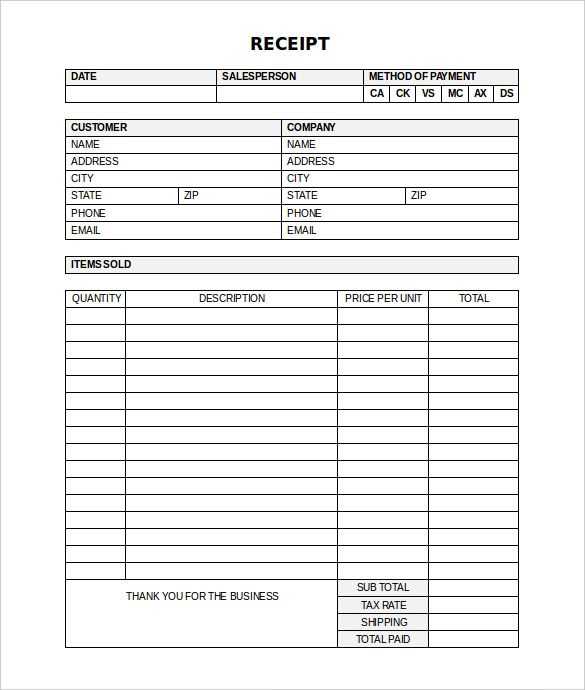
Doctors looking for a reliable and clear receipt template can save time by using a structured, customizable format. This ensures accuracy and transparency in every transaction. The key components of an effective receipt include patient details, service dates, itemized treatments, and total cost. A well-organized receipt helps both the doctor and patient understand the services provided and the corresponding charges.
Customizing your receipt allows you to align it with your practice’s needs. Whether it’s for medical consultations, procedures, or prescriptions, you can tailor each section to reflect your specific services. Include options for adding taxes or discounts to accommodate different billing requirements.
Providing detailed information is important. Be sure to include contact information, the practitioner’s license number, and payment methods accepted. This ensures full compliance with regulatory requirements and boosts the professionalism of your practice. A clearly written receipt also minimizes confusion, making it easier for patients to understand their financial responsibility.
Detailed Guide to Creating a Doctor’s Receipt Template
Begin by structuring the receipt with clear, straightforward sections. Ensure that the patient’s details are easily identifiable at the top, including their full name, address, and date of birth. Right below, include the doctor’s information: name, medical license number, practice name, and contact details.
Key Elements to Include
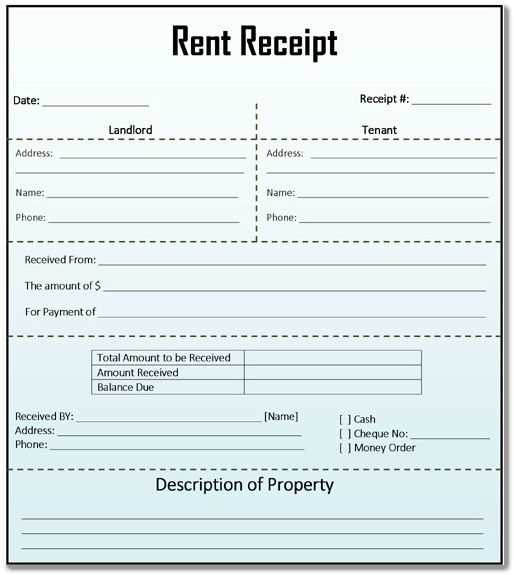
The receipt should contain the date of the visit and a description of the services provided. Each service should be listed separately with a brief explanation. You can categorize treatments or consultations into specific types, such as “consultation,” “diagnostic tests,” or “medication prescribed.”
Formatting and Additional Information
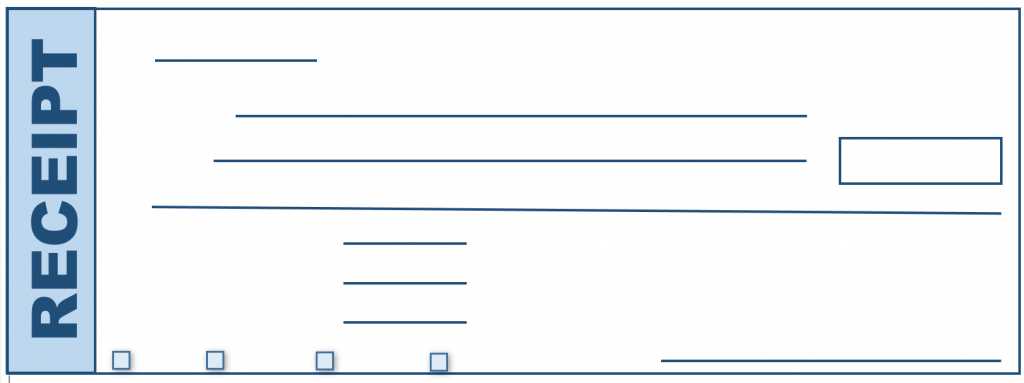
Make sure the total amount is clearly displayed at the bottom, with the breakdown of individual charges. Add any additional fees, such as for urgent consultations or laboratory services. Don’t forget to include payment details if necessary, including method of payment and any outstanding balance.
A simple footer can include a thank-you note and any further instructions, such as follow-up appointment details. Finally, keep the layout clean and professional, avoiding clutter. Make the document easy to read and understand to ensure patients can keep track of their treatment costs.
Key Elements to Include in a Medical Receipt Template
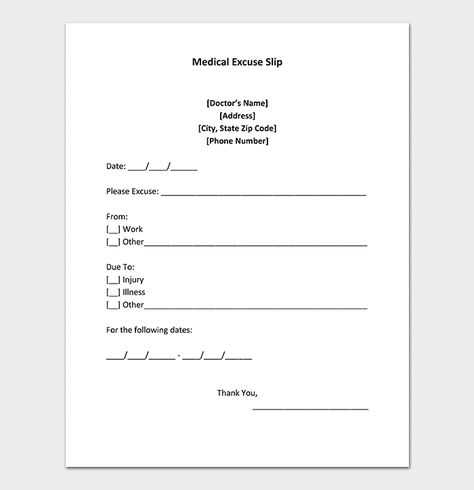
Include the patient’s full name, address, and contact details. These elements confirm the individual receiving care and ensure the receipt is valid. Next, list the healthcare provider’s name, license number, and address. This information helps verify the provider’s identity and professionalism. Add the date of service to specify when the treatment occurred.
Details of Services Provided
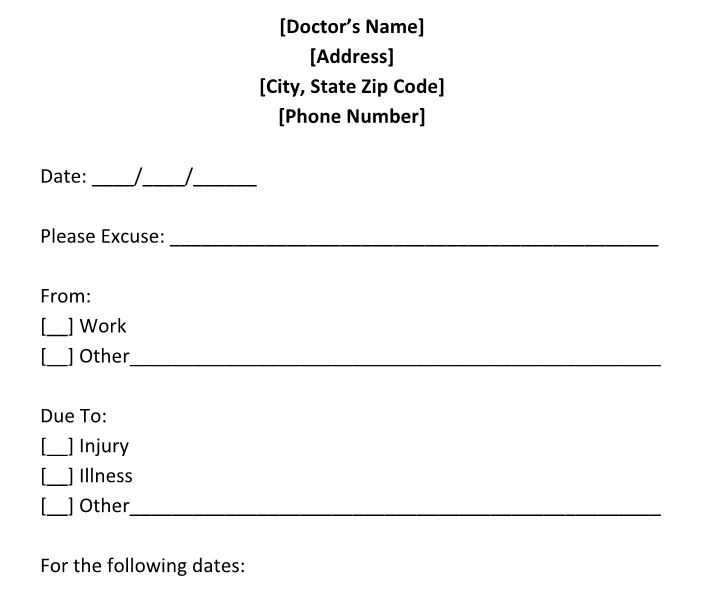
Clearly detail each medical service or procedure, including the specific treatment, consultation, or tests performed. For accuracy, list the associated costs for each item. Be specific about any medications or medical supplies provided, with corresponding prices for transparency.
Payment Information
Indicate the total amount paid by the patient, including any applicable taxes. If applicable, mention any insurance coverage, co-payments, or discounts. Provide a breakdown of payments made by the patient versus any remaining balance, ensuring clarity in the financial transaction.
Customizing Receipt Templates for Different Medical Practices
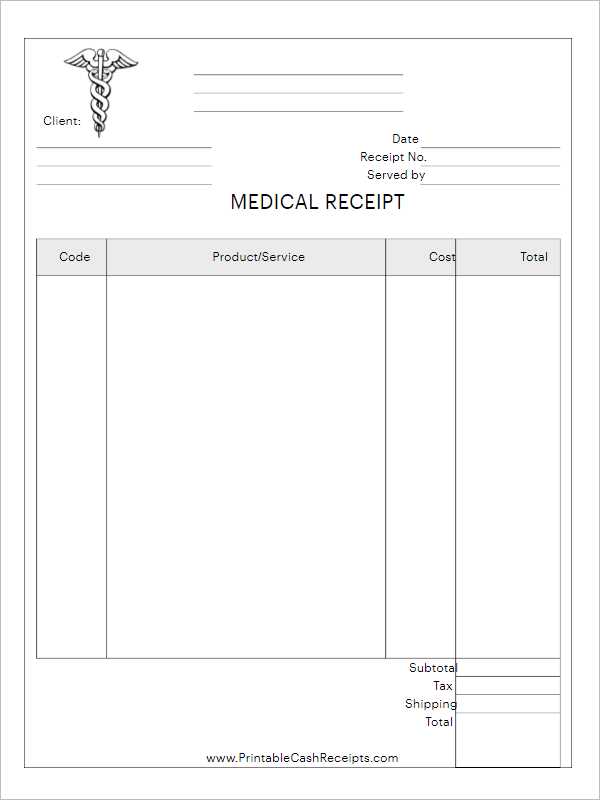
Adapt your receipt templates to reflect the unique needs of your medical practice. Personalize each receipt based on the type of services provided, ensuring that the layout matches your branding and communicates relevant information clearly.
- Specialized Services: For practices that offer various types of treatments or procedures, ensure each service is listed with its corresponding price. For example, dental clinics may require a breakdown of individual procedures like cleanings, fillings, or X-rays.
- Medical Codes: Include standardized medical codes (e.g., ICD-10, CPT) for services provided. This is especially important for billing insurance and ensuring transparency in the services rendered.
- Payment Methods: Clearly display the methods of payment accepted. If your practice accepts various insurance types, indicate this information prominently on the receipt.
- Contact Information: Make sure your practice’s contact details are easy to find. Include phone numbers, email addresses, and office hours, so patients can reach out for any inquiries or follow-up appointments.
- Legal Requirements: Depending on your region, include necessary disclaimers, tax details, and other required information. This ensures compliance with local healthcare regulations and standards.
Customize receipts to align with the specific procedures and services your practice offers, providing both clarity and professionalism to your patients. Tailoring the design and structure of your receipts will enhance patient experience and make administrative tasks more streamlined.
It looks like you’re interested in diverse content formats and unique approaches in Finnish. Whether you’re working on informational guides, product manuals, or tutorials, I can help craft content based on your preferences.
Is there a specific topic you’d like assistance with today? Or perhaps a new idea you want to explore? Let me know!


